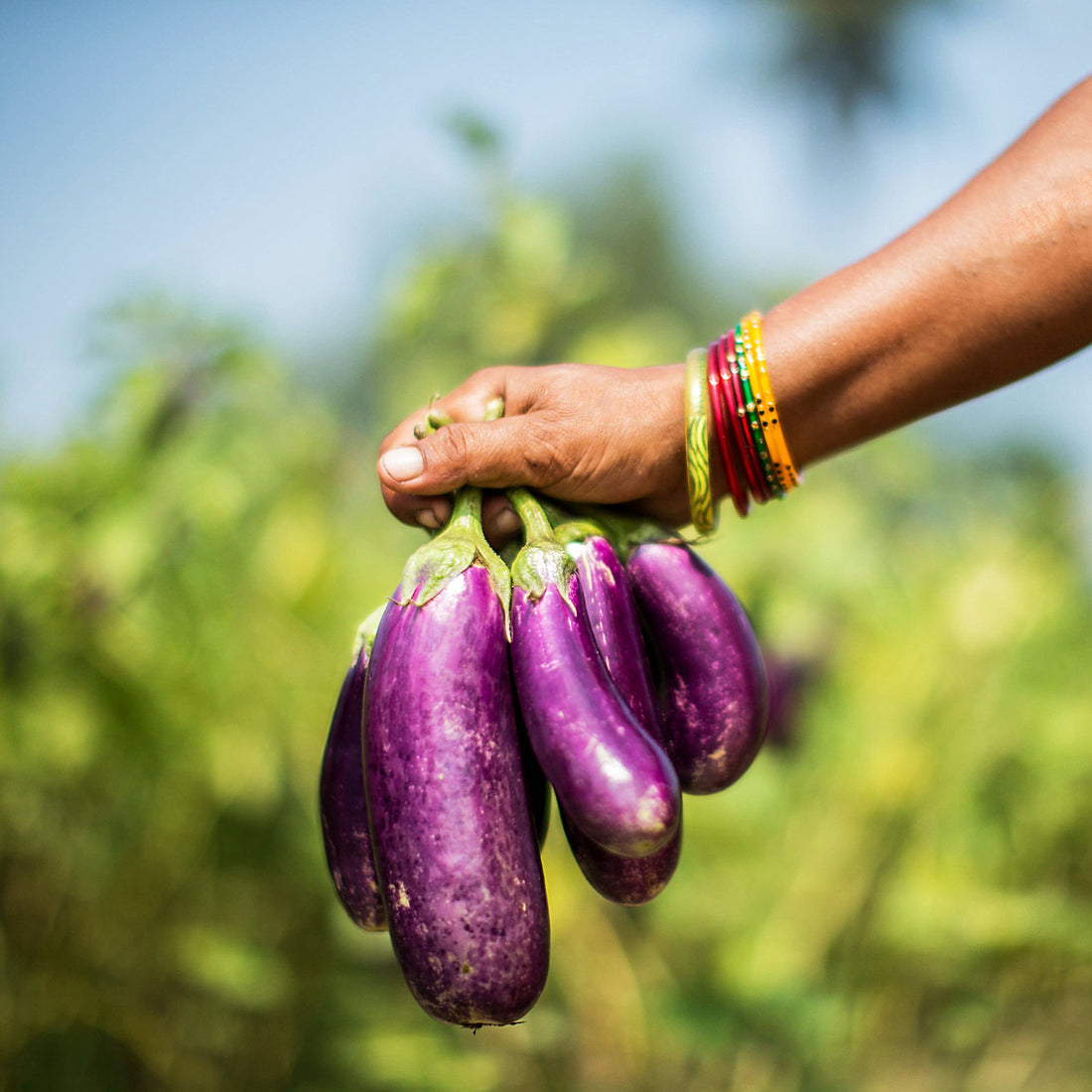This column started some time ago made us discover that even in the kitchen the distances are zero.
In Sri Lanka, for example, one of the basic products of the kitchen is Batu, or brinjal, a.k.a the eggplant, a must have also in our kitchen. And when you talk about aubergine, your mental journey starts when, sitting at the table in the kitchen, you watched your mother or grandmother prepare her parmigiana or stuffed aubergines, carefully fried (because you know, fried is good on everything).
Cooked at least twice a week, the most used Sri Lankan variant has an elongated shape and white streaks on a purplish background, and is mainly used to prepare Wambatu. Traditionally, the dish is cooked in an aluminum pot with a little coconut oil (how much? The right amount for it to taste good, a.k.a just enough). Coconut oil, generally homemade, is heated over low heat. Then add the curry leaves, sliced onions, minced garlic and finely chopped red pepper and cook for 3-5 minutes. When the onions have become almost transparent, the sliced eggplant is added, followed by a few tablespoons of red chili powder, curry, turmeric and sea salt. It is cooked until the eggplants become slightly mushy.

Or you can fry it to prepare the Wambatu moju: sweet and sour salad with shallots, green chillies and to taste also tomatoes and pineapple pieces. The latter is the favorite dish for special occasions: weddings, birthdays, and various celebrations and is accompanied with fried rice - yellow ghee rice. Eggplants are cut into slices and fried until golden brown. Then the green chillies and shallots are fried. Everything is fried in coconut oil and marinated with a mixture of mustard, garlic and ginger, pepper flakes, salt, sugar and vinegar. Traditionally, in homes, this compound is prepared on a stone base and the spices are ground by hand. The preparation takes hours.
Even Sri Lankan grandmothers and mothers believe that fried everything tastes better!
But obviously fried aside, you must always have a good base. How to recognize when the eggplant is at its top?
Obviously, during the eggplant season - from August to October - although it is generally a product that goes all year round. In any case, you must always make sure that the eggplant you choose is heavy and firm with a brightly colored, smooth and shiny skin. The stems at the ends should be bright green.
Grandma's trick to find out if it is the perfect eggplant: by pressing the skin with your thumb, it will come back if it is ripe, without leaving the pressure mark.
